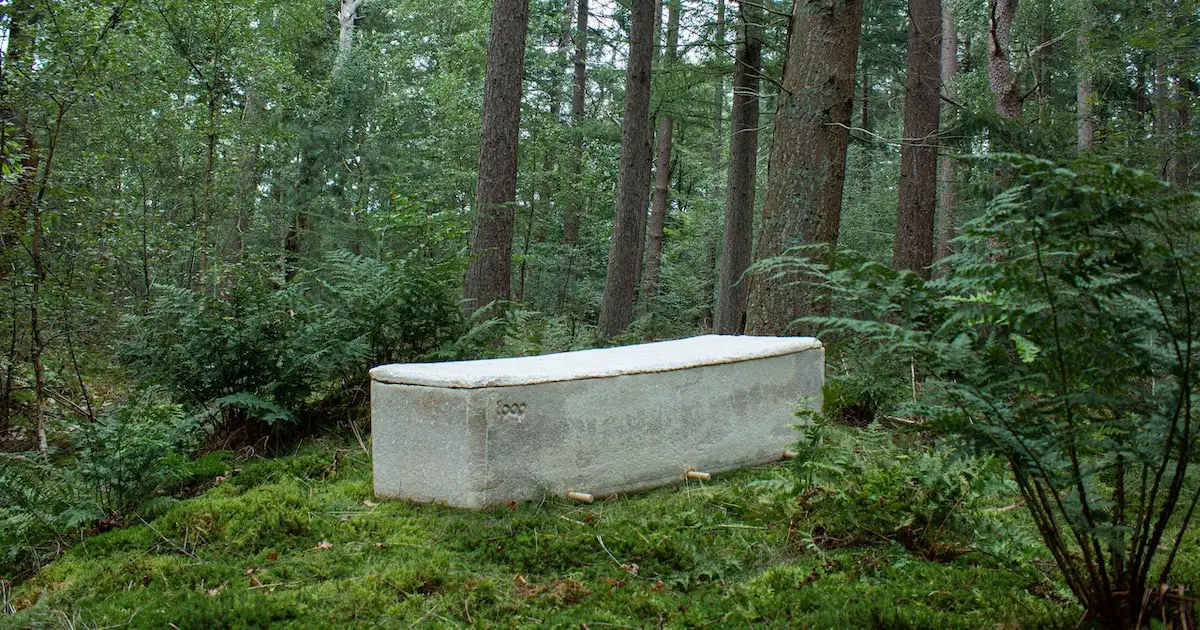‘Living’ Mushroom Coffins Speed Up Decomposition And Decrease Litter
Tags: opinion

Fungal coffins called ‘Living Cocoons’ will drastically reduce the time taken for the human body to decompose while also being eco-friendly.
According to the product’s designers, Loop, the decomposition period for human remains will decrease from 10 years to just two or three years.
The coffins are made from a fungal substance, mycelium, which will allow bodies to biodegrade in a natural manner.
Mycelium is the building block from which mushrooms grow. When human bodies decompose, toxins are released. The fungi can however absorb and extract nutrients from just about anything, which is another benefit to the process. The fungi also increases the speed at which tougher materials in the body are broken down.
Traditional coffins are resource-intensive
It’s probably not something many of us like to think about. But when you do, its easy to see why caskets buried in the earth are not a great solution.
With more traditional coffins, those built from solid materials, there are several problems.
For one thing, they require substantial resources – including hardwood, copper, bronze, steel and concrete. These materials require manufacture and transportation, adding a further burden to the environment.
Hey, are you on Instagram? Check out the official Truth Theory Instagram page HERE, we upload new content every day.
Steel and Concrete is sometimes used in swampy regions to reinforce the hole into which the coffin is buried.
Embalming fluid including formaldehyde is another substance which gets buried in the ground along with the body and the coffin.
Apart from greatly delaying the decomposition time, these substances can pollute the earth and also enter the groundwater.
Another advantage of the Living Cocoon is that it requires less space than traditional caskets.
The amount of material which gets buried annually, is staggering. (Stats below are from the Minnesota Pollution Control Agency website. These are for a one year period in the United States).
* 30 million board feet of hardwoods
* 1,600,000 tons of reinforced concrete
* 14,000 tons of steel
* 827,060 gallons of embalming fluid, which includes formaldehyde
* 2,700 tons of copper and bronze (caskets)
The Living Cocoon concept originated in the Netherlands. Loop designer Bob Hendrikx worked with Delft University and the Naturalis Biodiversity Center the project.
Read more: Farmers Can Use Ducks To Kill Pests Rather Than Poisonous Pesticides
IMAGE FEATURED: Loop
Leave Comment: